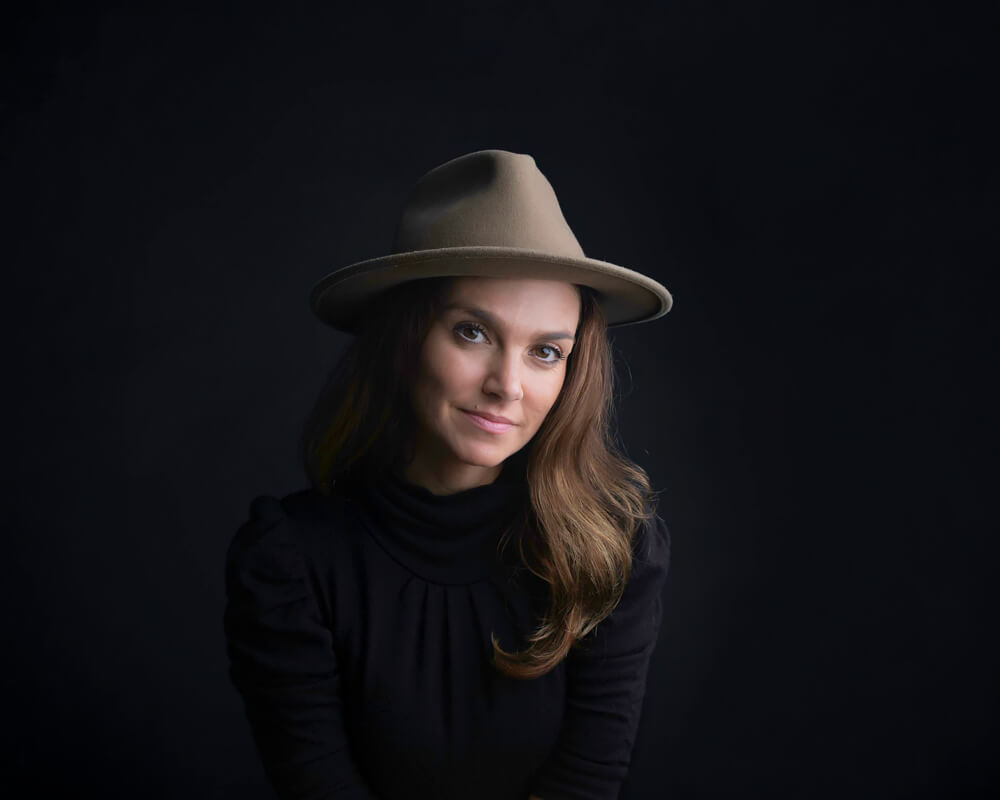Christina McFaul graduated with a BA from Brooks Institute of Design in 2001 with a concentration in interior design. In 2007, she circumnavigated the world in 90 days onboard the MV Explorer with Semester at Sea. With the arrival of her first son, her interest in photography was rekindled. In 2012 she founded Christina McFaul Photography, a portraiture studio in Chicago, IL. She was president of the “Women in Focus” photography group in Chicago, where she lived for five years before returning to California. In 2023 she was certified by the Association of Nature and Forest Therapy. Her work has been included in shows at Borders Art Fair (Venice, Italy) Southeast Center for Photography (Greenville, SC), Chicago Botanic Garden, Museum of Art (Arlington, TX), La Jolla Art Association (CA), and The Los Angeles Center for Photography, as well as others. She lives with her husband and two children in San Diego, CA.
Statement
I was raised on a lake nestled in the Santa Monica Mountains, where fences were non-existent and I roamed freely. It is where my bond with nature took root. I wish to convey this sense of wonder and discovery in my portrait, still life, and landscape photography.
